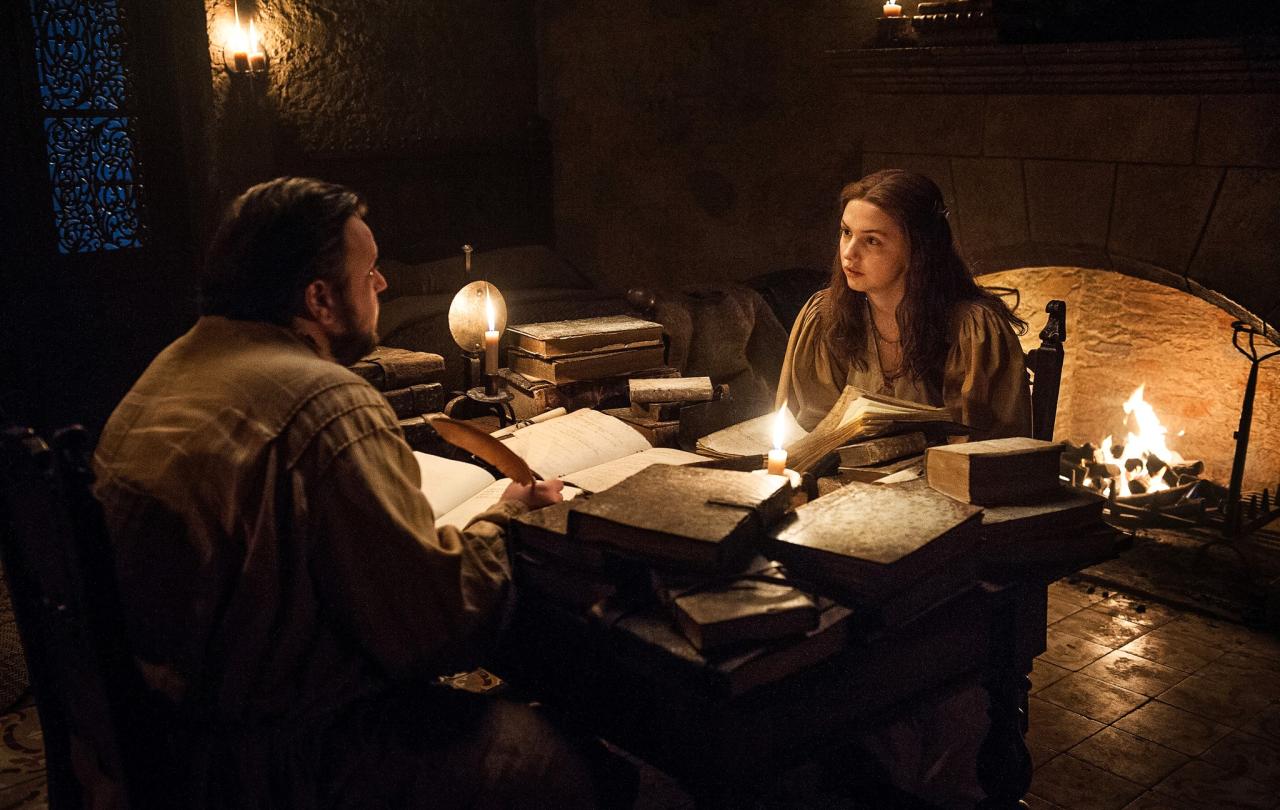
The Bob Dylan biopic A Complete Unknown begins with his arrival in New York and concludes with his performance at the Newport Folk Festival in 1965. He begins the film as a complete unknown, as he arrives with no backstory to share or, where he does, one that he has invented. He ends it as a complete unknown, because he consistently refuses all the boxes or labels in which others want to imprison him.
This aspect of Dylan’s life and career has also characterised many of the earlier biopics, such as 2007’s I’m Not There which features six different versions of Dylan as poet, born-again Christian, outlaw, actor, folk singer, and electrified troubadour. Suze Rotolo, his girlfriend throughout much of the time covered by A Complete Unknown, described the way in which he absorbed influences at this time like a sponge:
“He had an incredible ability to see and sponge – there was a genius in that. The ability to create out of everything that’s flying around. To synthesize it. To put it in words and music.”
Focusing on this aspect of Dylan’s life and practice can, however, lead to a minimising of his upbringing and also to a misleading sense of brilliant but entirely disconnected phases – essentially a series of rejections – as having characterised his career. There are some important elements of Dylan’s life and ideas that are overlooked, underplayed or simply lost as a result. Many of these involve the particular expression of spirituality that has informed his work from the beginning.
As Rabbi James Rosenberg has explained: “Robert Allen Zimmerman was born in Duluth, Minnesota, on May 24, 1941. He spent the majority of his childhood, including his high school years, in Hibbing, about 60 miles northwest of Duluth. His father and mother, Abram and Beatie, whose parents were immigrants from Eastern Europe, sent both him and his younger brother David to the local synagogue for their Jewish education leading to Bar Mitzvah at age 13.”
As a result, Dylan’s songs have from the beginning of his career been suffused with the phrases and imagery of the Bible; interestingly, not just the Hebrew Bible, but the Christian Bible too. Whether it’s the references to Judas in “Masters of War” and “With God on Our Side” or quoting Jesus in ‘the first one now will later be last’ (“The Times They Are A-Changin’”) or the Old Testament stories that feature at the end of “When the Ship Comes In”, wherever you look within Dylan’s lyrics the influence of the Bible is apparent.
Follow that thought with another which notes the prevalence of apocalyptic images (storms, hurricanes etc) and events (‘The hour when the ship comes in’, the moment when “The Times They Are A-Changin’” or the night when the “Chimes of Freedom” ring, for example). Then think from where images of apocalyptic events primarily derive in the Western imagination and you’ll be circling back to the Bible, and the Books of Daniel and Revelation in particular. That is of course what Dylan himself did following his born-again experiences in the late ‘70s and early ‘80s, but the Bible was always the original seedbed for his images and ideas.
Then, look deeply into one of the most apocalyptic of his early songs – “A Hard Rain’s A-Gonna Fall” – and you’ll see a manifesto to which he has held throughout his career and which illuminates his work in every decade and every change of direction within his lengthy career. The central character in “A Hard Rain’s A-Gonna Fall” commits to walking through an apocalyptic world in order to tell and think and speak and breathe and reflect what he sees in order that all souls might see it too. In a much later manifesto song – “Ain’t Talkin’” – he puts it like this:
Ain’t talkin’, just walkin’
Through this weary world of woe …
Heart burnin’, still yearnin’
In the last outback, at the world’s end
Throughout Dylan’s career, he writes songs about people travelling through life in the face of apocalyptic storms seeking some form of relief or salvation or entry to heaven. So, what we have in the best of Dylan’s work is a contemporary Pilgrim, Dante or Rimbaud on a compassionate journey, undertaken in the eye of the Apocalypse, to stand with the damned at the heart of the darkness that is twentieth century (and then twenty-first century) culture.
It's actually all there right at the beginning in the song that he wrote for and sang to his hero Woody Guthrie:
I’m out here a thousand miles from my home
Walkin’ a road other men have gone down
I’m seein’ your world of people and things
Your paupers and peasants and princes and kings
Hey, hey, Woody Guthrie, I wrote you a song
’Bout a funny ol’ world that’s a-comin’ along
Seems sick an’ it’s hungry, it’s tired an’ it’s torn
It looks like it’s a-dyin’ an’ it’s hardly been born
(“Song to Woody”)
Dylan’s songs, from that point onwards, have documented where his pilgrim journey in the eye of the apocalypse has taken him; often with imagery of storms lighting his way. He has travelled the paths of political protest, urban surrealism, country contentment, gospel conversion and world-weary blues. On his journey he: saw seven breezes blowing around the cabin door where victims despair (“Ballad of Hollis Brown”); lightning flashing for those who are confused, accused and misused (“Chimes of Freedom”); surveyed “Desolation Road”; talked truth with a thief as the wind began to howl (“All Along the Watchtower”); sheltered with an un-named woman from the apocalyptic storm (“Shelter from the Storm”); felt the idiot wind blowing through the buttons on his coat, recognised himself as an idiot and felt sorry (“Idiot Wind”); found a pathway to the stars and couldn't believe he'd survived (“Where Are You Tonight? Journey Through Deep Heat”); rode the slow train up around the bend (“Slow Train”); was driven out of town into the driving rain because of belief (“I Believe in You”); heard the ancient footsteps join him on his path (“Every Grain of Sand”); felt the Caribbean Winds, fanning desire, bringing him nearer to the fire (“Caribbean Wind”); betrayed his commitment, felt the breath of the storm and went searching for his first love (“Tight Connection to My Heart”); then, at the final moment, it's not quite dark yet but he’s walking through the middle of nowhere trying to get to heaven before the door is closed (“Tryin' To Get To Heaven”):
The air is getting hotter, there's a rumbling in the skies
I've been wading through the high muddy water
With the heat rising in my eyes.
Everyday your memory grows dimmer.
It don't haunt me, like it did before.
I been walking through the middle of nowhere
Tryin' to get to heaven before they close the door.
(“Tryin' To Get To Heaven”)
Whatever the crises we face, whether personal or political, there’s a Dylan song that says there’s light at the end of the tunnel if you keep walking toward it and, whatever the song, there’s a depth of insight and compassion for those who are struggling along the way.
Join with us - Behind the Seen
Seen & Unseen is free for everyone and is made possible through the generosity of our amazing community of supporters.
If you’re enjoying Seen & Unseen, would you consider making a gift towards our work?
Alongside other benefits (book discounts etc.), you’ll receive an extra fortnightly email from me sharing what I’m reading and my reflections on the ideas that are shaping our times.
Graham Tomlin
Editor-in-Chief





